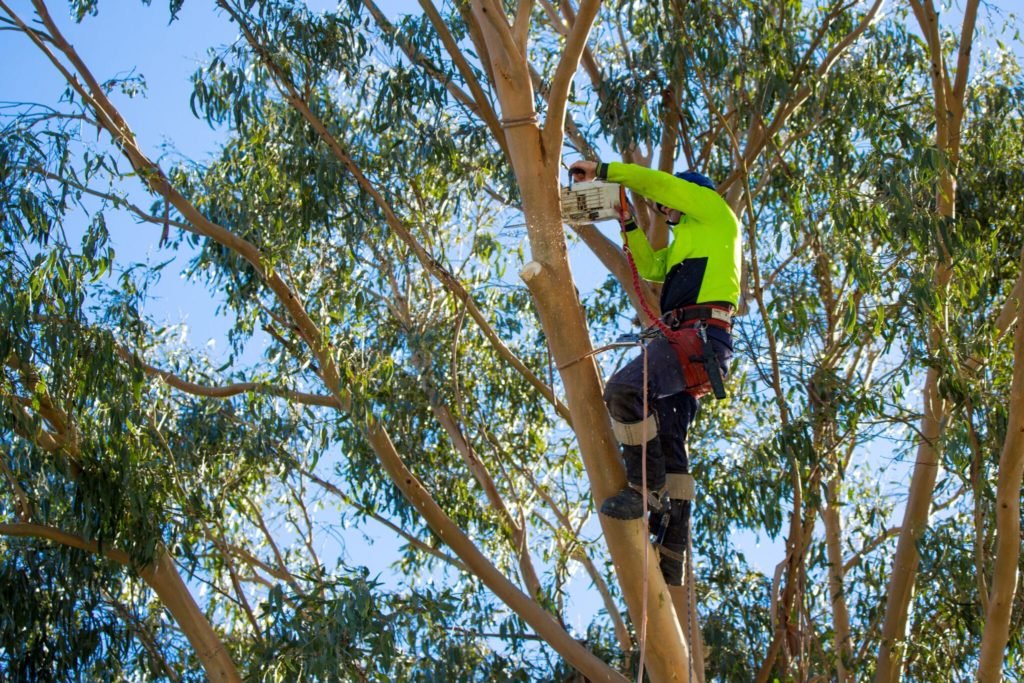
Being a homeowner comes with important responsibilities like having tree branches trimmed and dead trees removed. Unless you have some experience with this kind of work, you’ll need to hire a professional to do it. Instead of letting those costs take you by surprise, take a quick look at what these services might set you back.
Tree Pruning – Tree trimming services are typically charged by the hour. Expect to pay anywhere from $50-$100 per hour unless you can negotiate a flat fee for your entire yard. Ask the tree service professional if their costs include breaking down and removing all the branches after pruning. You might be able to reduce the overall fees by taking care of that task on your own.
Tree Cutting – What you’ll pay to bring an entire tree down depends on several factors. First, you’ll pay much more for very tall trees because they’re more labor-intensive and pose more risks for the workers. If your trees grow near buildings or power lines, it’s harder to get them down more quickly due to those risks, as well. On average, you could spend anywhere from $600-$1,000 or more to have one large tree chopped down safely by a pro.
Tree Hauling – Trees are typically chopped down in large chunks of trunk and branches. Once those pieces are scattered on the ground, they’ll stay there unless you pay the tree service company to haul it all away. Expect to pay an extra $600-$1,200 more for this service, depending on the size of the tree. If you have use for the tree as firewood, you’ll save on both tree hauling fees and heating costs this year.
These calculations will help you be prepared for the tree service fees ahead of you, but always get professional estimates before hiring for the job.
Helpful Tips On Tree Removal
Before removing a tree, you should also remember that not just your property is going to be affected, especially if it is standing in a property line. To avoid disputes, make sure that you talk to all parties involved, to avoid problems in the future.
Another reminder, not all trees can be removed by anyone, especially large ones. Large sizes should only be removed by professionals. Removing them may require mechanical equipment, guide ropes, and other materials that you don’t have. When a tree is interfering with a utility line, remember to contact a utility company too.
Removing a tree is not a great task to perform, but in order to execute a safe removal, certain steps should be followed:
- Before cutting the tree, check your surroundings if there are obstacles in the way. Things like wires, trees, fences, cars, and other things should be removed from your way. Clearing the area could help avoid accidents.
- Make a good observation of the tree. Find its natural angle or where it is naturally leaning. Once you’ve found its natural angle, you’ll know where the tree will fall. This will give you an advantage on how to avoid the tree once it falls.
- Check the tree for safety hazards like hanging branches. Also, look out for open wounds on the trunk. These wounds can tell if the tree is rotten or not. In such case, it is better to seek professional help as rotten trees are harder to predict how or where it would fall.
- Create an escape route. Make sure to find 2 escape routes that you can use once the tree starts to fall. Choose 2 routes on each side, where you can run once the tree starts to fall.
Different trees have different root systems; therefore determining what your tree has will help you decide on what strategy should be applied when removing the tree.
